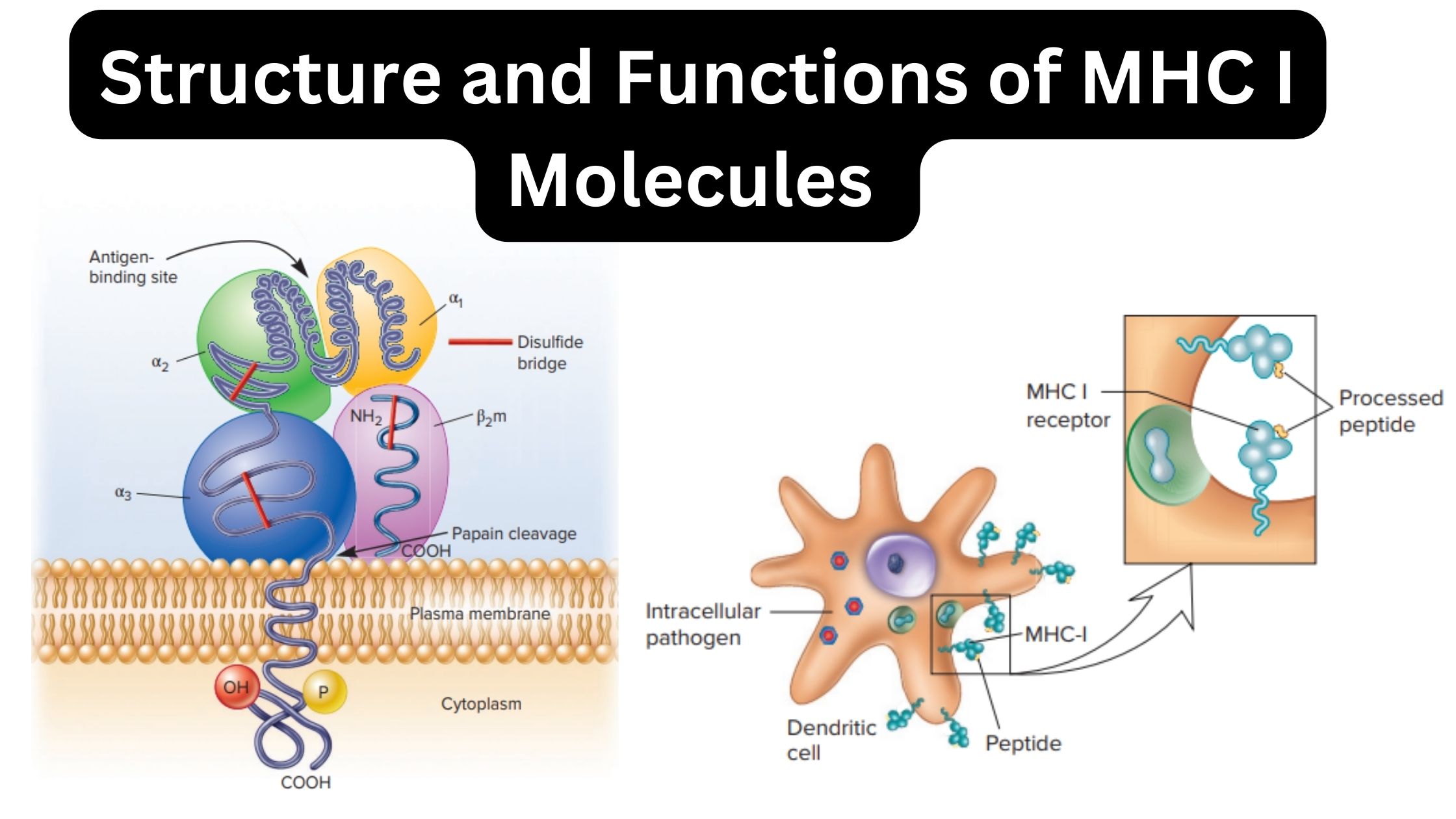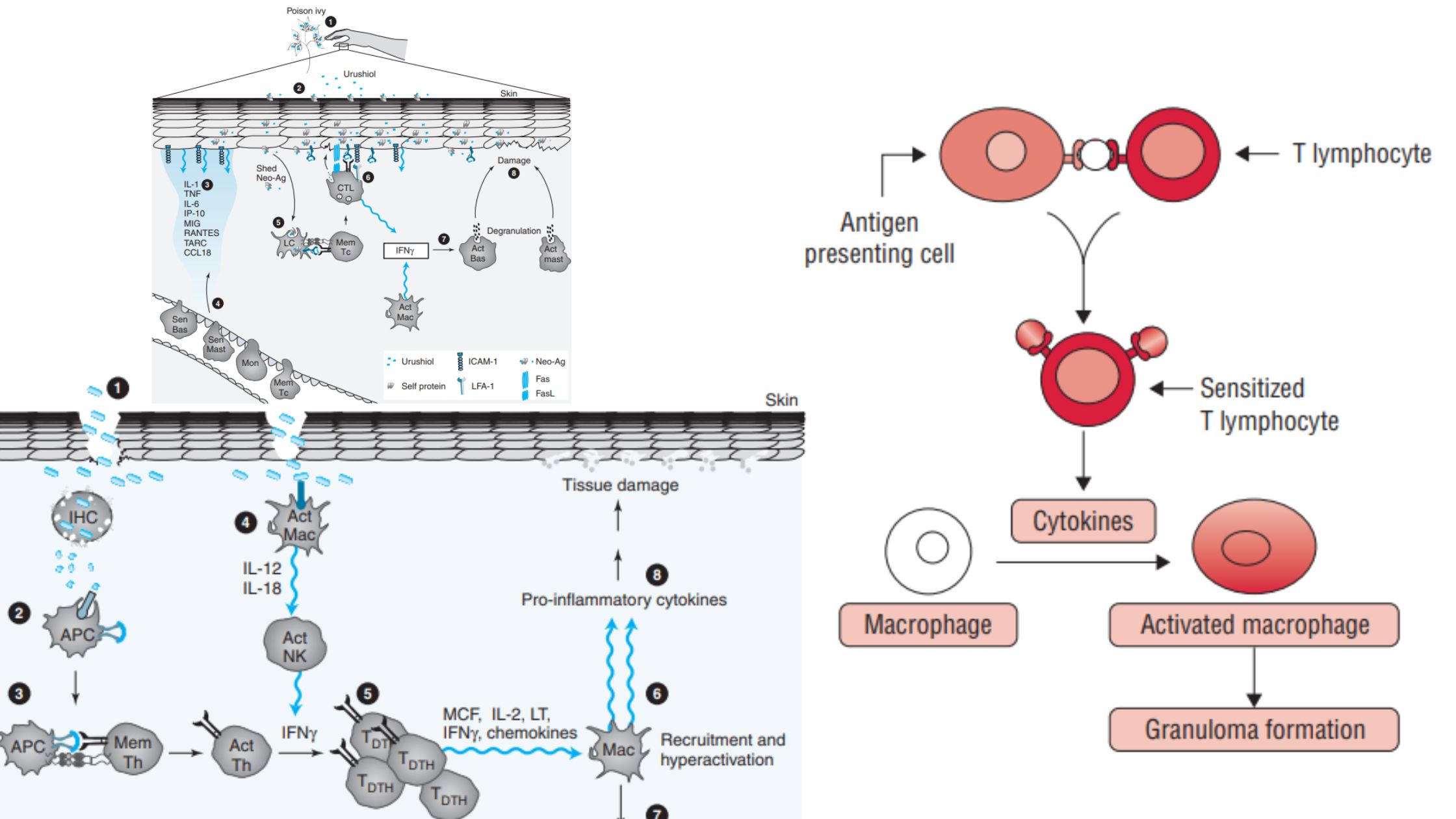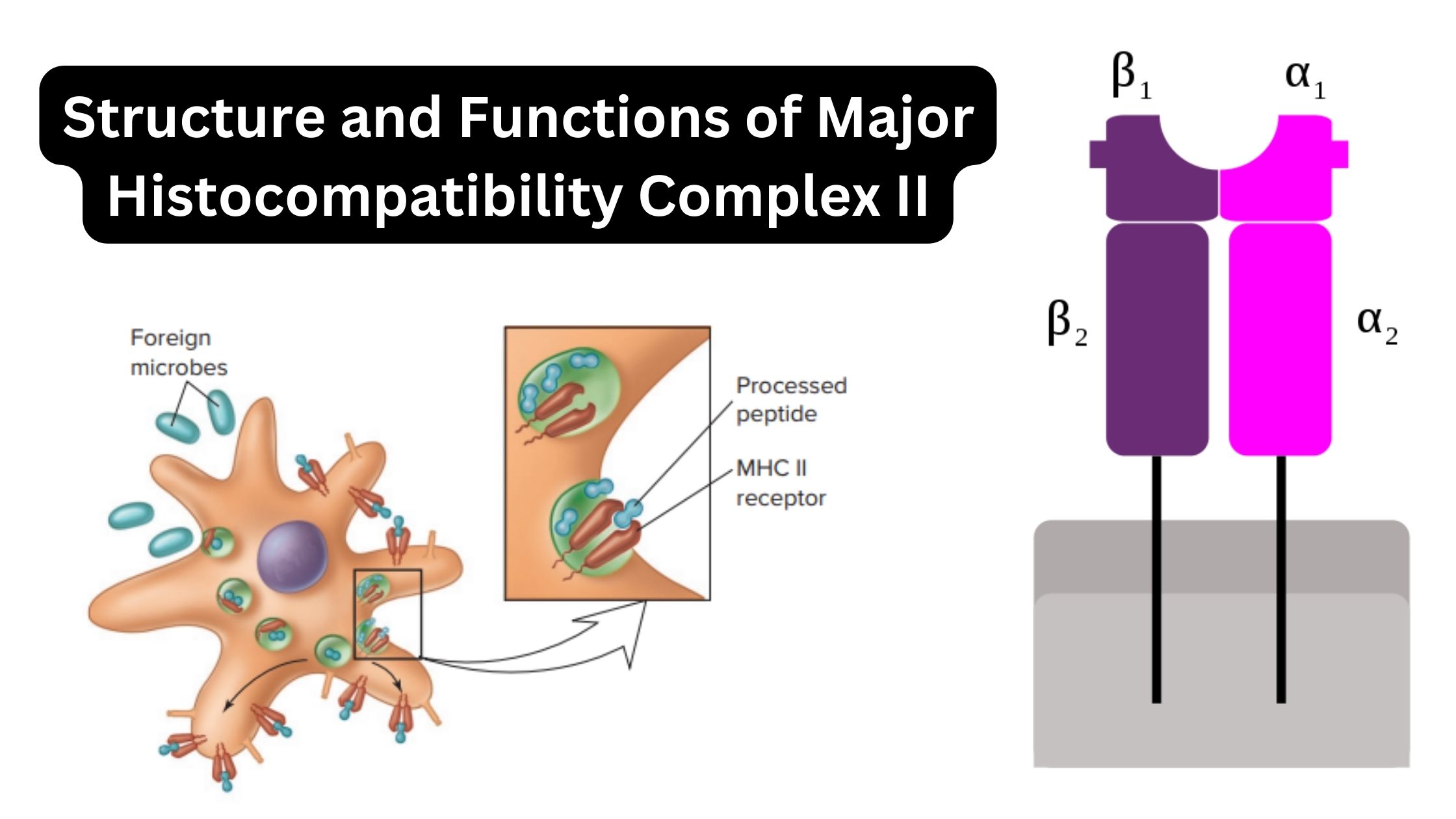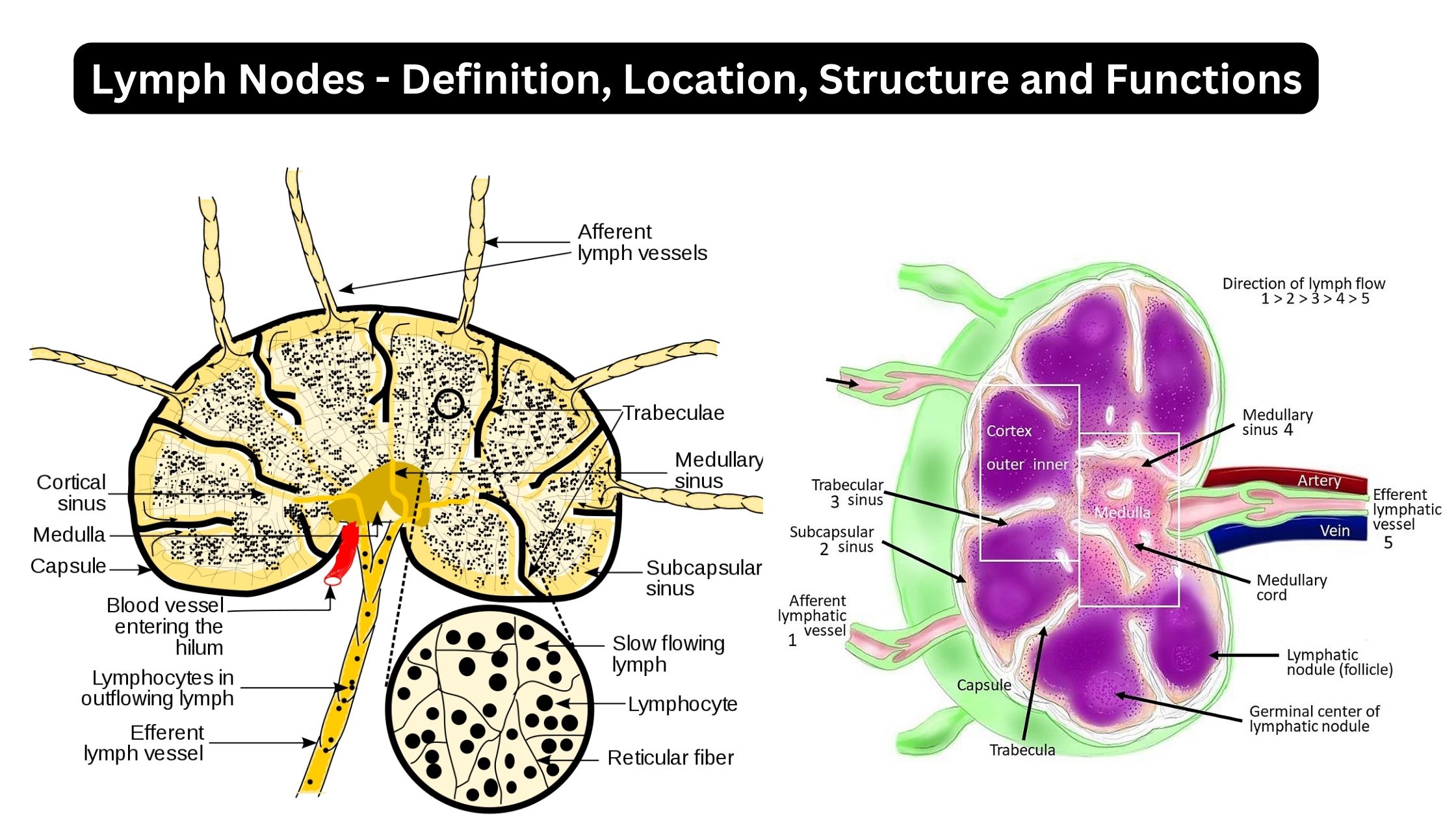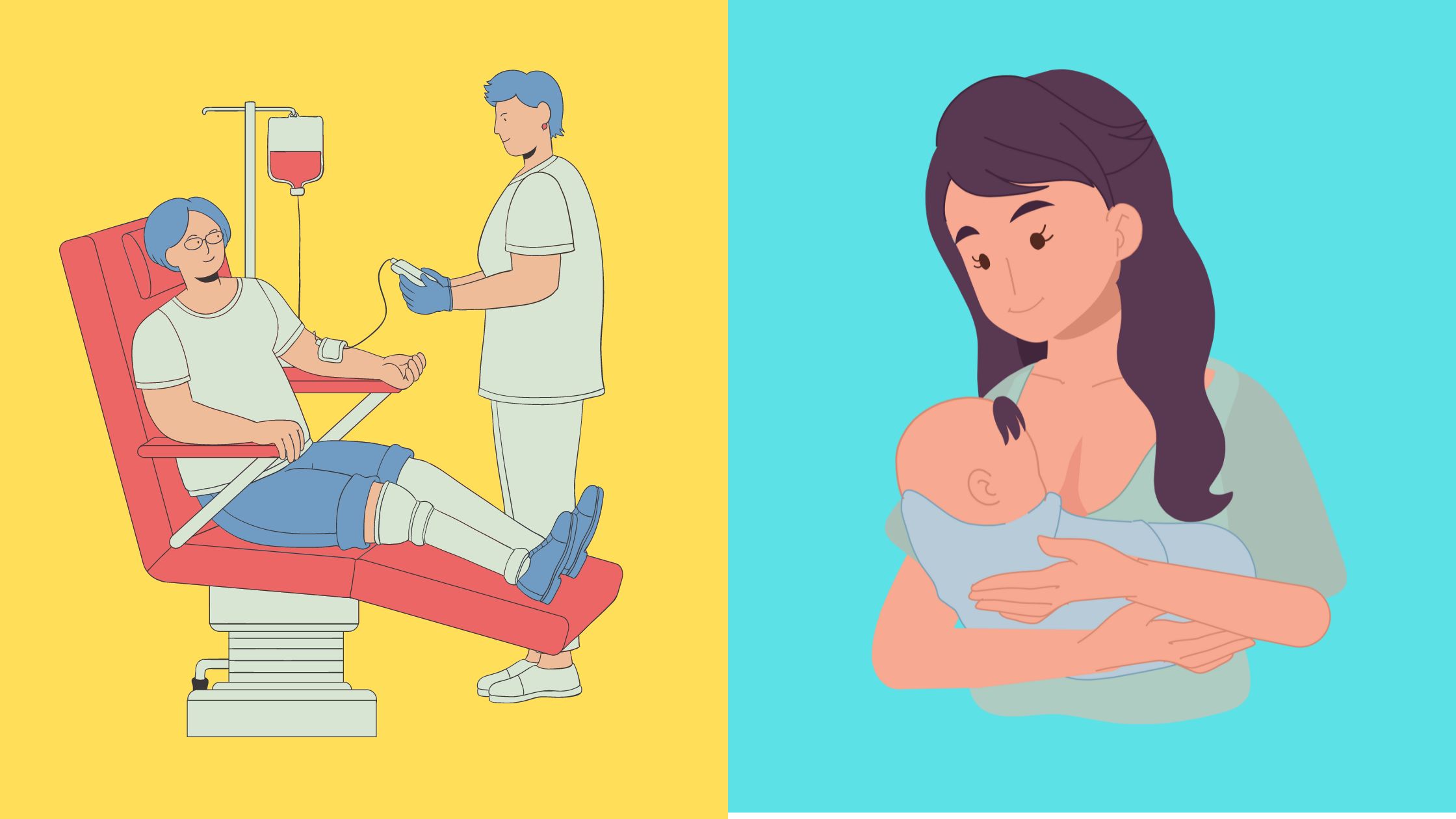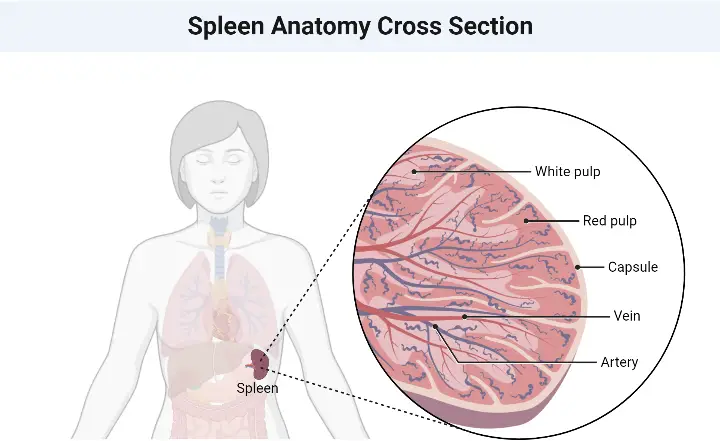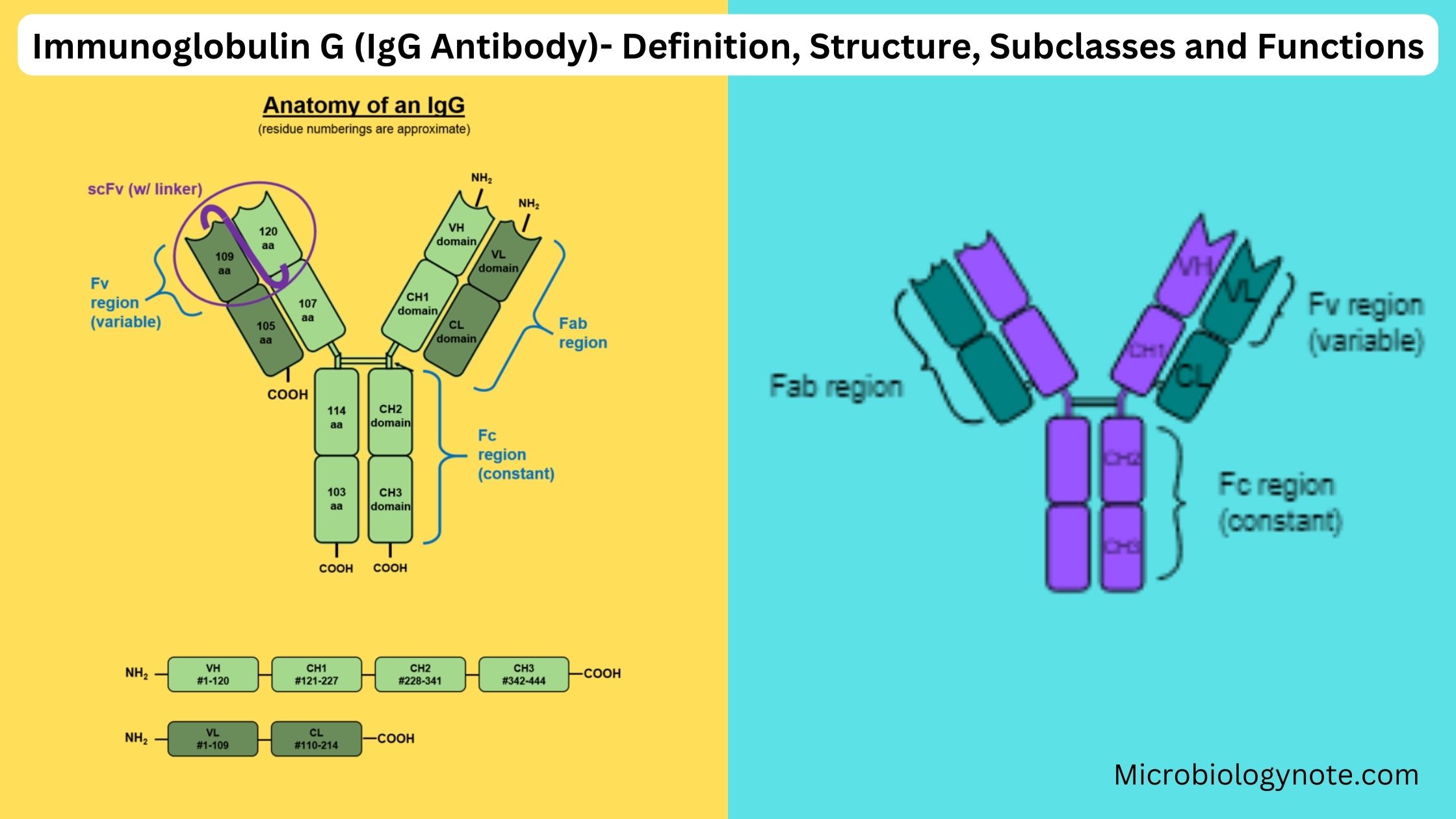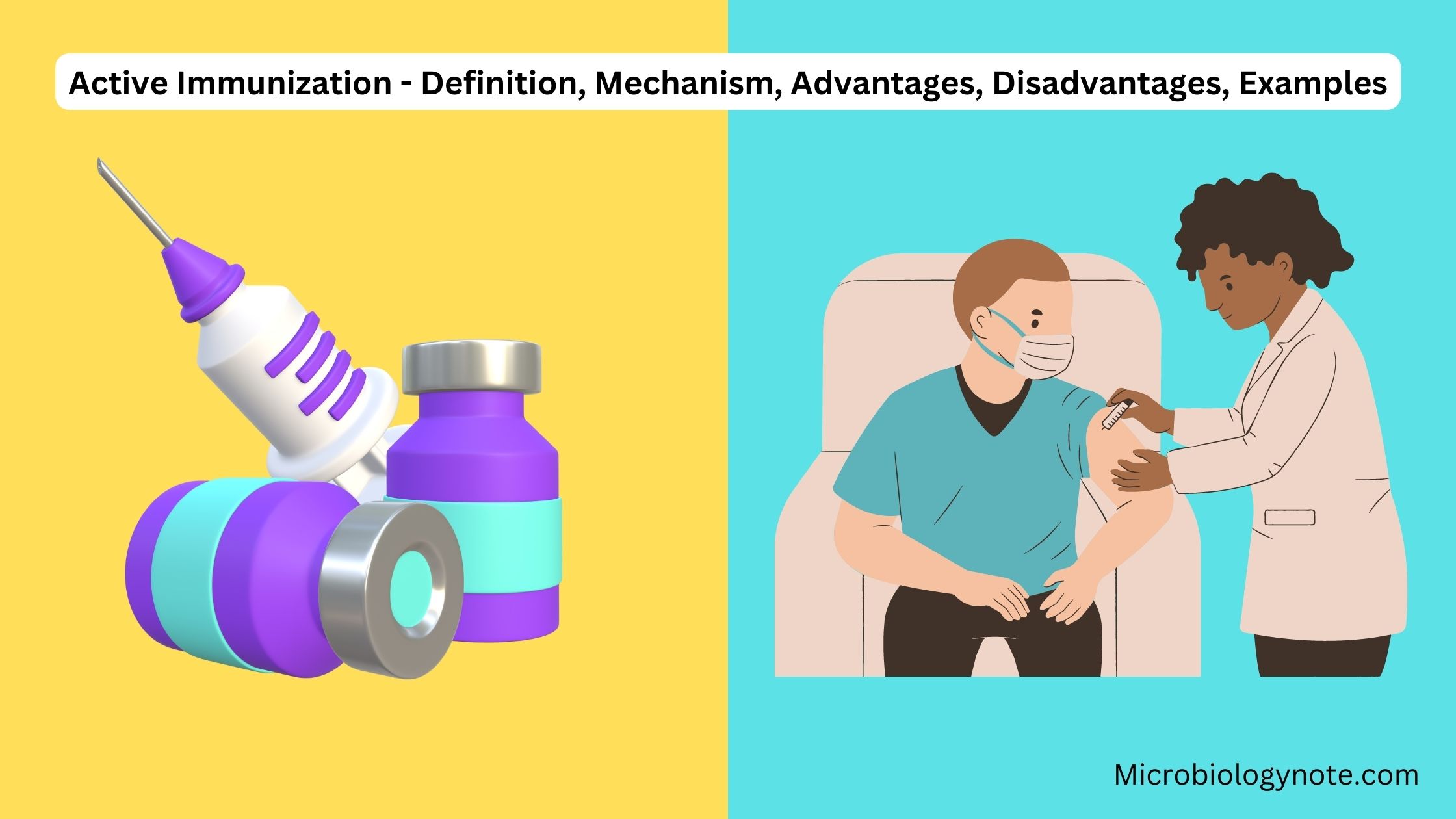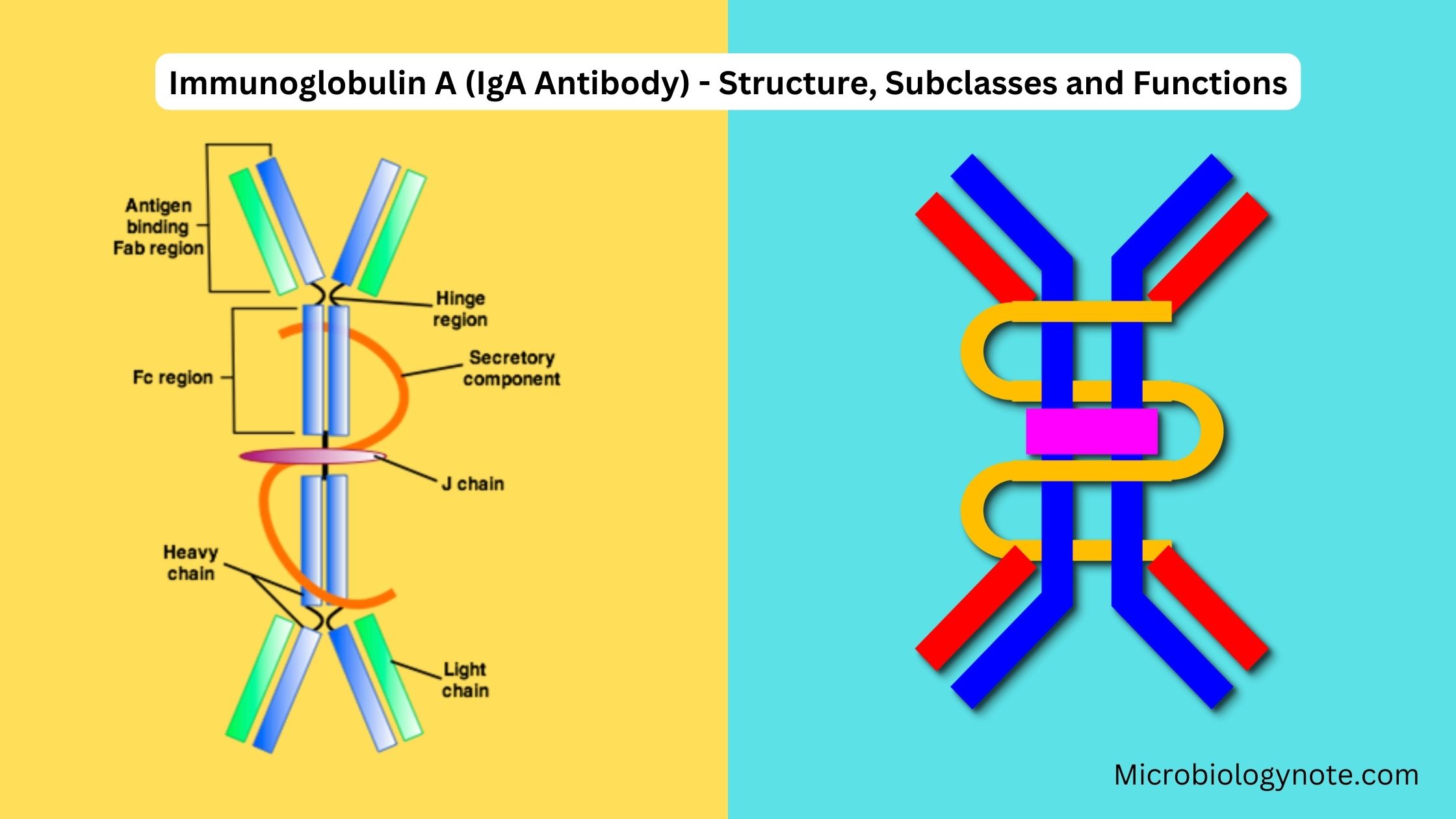Major Histocompatibility Complex I – Definition, Structure, Mechanism, Functions
What is Class I MHC (Major Histocompatibility Complex) molecules? Cellular Distribution of Major Histocompatibility Complex I (MHC I) Major Histocompatibility Complex I (MHC I) Structure The majority of nucleated cells have an assortment of MHC class I proteins. The peptides bound by these MHC class I molecules are typically endogenous, or derived from the breakdown … Read more
